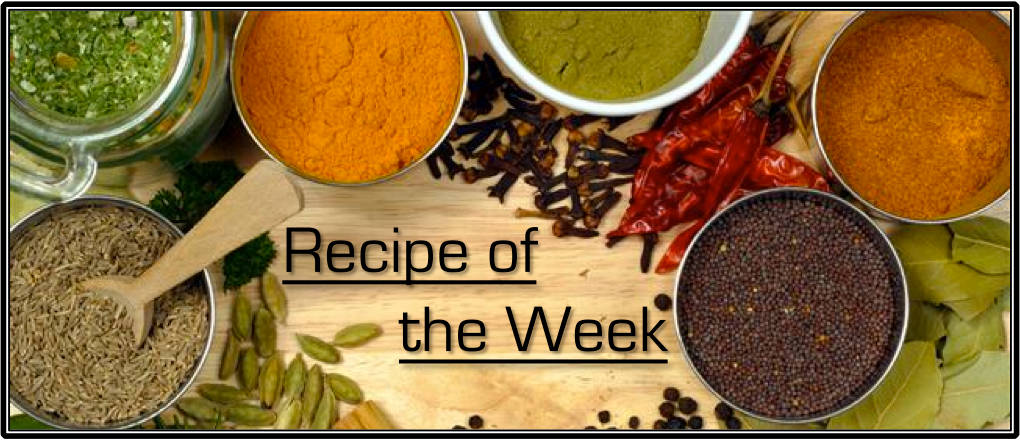The following recipe for Smothered Chicken is from The New Butterick Cook Book, by Flora Rose, co-head of the School of Home Economics at Cornell University. It was published in 1924. A professional scan of that 724-page out-of-copyright book will be one of the many bonus items included in the next edition of the waterproof SurvivalBlog Archive USB stick. This special 15th Anniversary Edition USB stick should be available for sale in the third week of January, 2021. The 14th Edition sold out quickly, so place a reminder in your calendar, if you want one.
Ingredients
- 2 small chickens or 1 large chicken
- 2 or more tablespoons butter
- Salt and Pepper
- Flour
Directions
This is one of the most delicious ways of cooking chicken.
Take off the neck and split the chicken down the back, wiping it with a damp towel. Season inside and out with salt and pepper, and dredge on all sides with flour. Lay the chicken, with the inside down, in a small baking-tin and add very little water.
The pan should be very little larger than the chickens. Otherwise, the gravy will be too quickly-evaporated. Cook slowly for one hour, basting every ten minutes alter the first twenty minutes, or cook in a covered baking-pan.
Should the chicken be decidedly lacking in fat, add butter or butter substitute. There will be plenty of gravy in the pan with which to baste if the pan is small.
When done, place the chicken on a hot platter. Add enough water to make two cups gravy and thicken with two tablespoons of flour. Should the chicken be quite fat, remove all but two tablespoons of the oil from the pan before making the gravy. Season with salt and pepper, pour it over the chicken and serve at once. Any small birds can be dressed in this way with the most satisfactory results. The secret of success in this kind of roasting lies in very frequent basting and in not having too hot an oven.
—
Do you have a favorite recipe that would be of interest to SurvivalBlog readers? In this weekly recipe column, we place emphasis on recipes that use long term storage foods, recipes for wild game, dutch oven and slow cooker recipes, and any that use home garden produce. If you have any favorite recipes, then please send them via e-mail. Thanks!











“…cook slowly…”
This’s a new one on me.
a)
Do you think the temp ought to be around 200°F/95°C so the water doesn’t evap?
Maybe ninety minutes per #, so 5# of bird should be started yesterday?
b)
To avoid chasing lumps during thickening:
Instead of trickling flour into my drippings, I mix my thickener off-pan — (non-wheat) tapioca flour with coconut milk — in a small straight-side bottle such as a commercial jam jar.
I hand it to a junior-size helper to ‘shake the dickens out of it’ to elim lumps, then we slowly whisk it into my drippings.
I discovered this ‘scientific-method’ is a three-hand job… and a whole lot of fun!
c)
For this type of recipe, I could see forking my salt and fresh-ground Black© pepper into my flour, pouring that into a spring-sifter, then handing the spring-sifter to a junior-size helper to sprinkle this in-n-on the bird.
.
.
.
PS:
* “I make it up as I go along” seems to be my motto.
PPS:
* and ‘yes’, I am familiar with the #MeToo ‘movement’…
I love old recipes from before the advent of convenience foods. I’ve got the 1901 “New Settlement Cookbook”, a 1938 edition of “Larousse Gastronomique”, and my grandmother’s 1950’s vintage “Betty Crocker Cookbook.” It’s amazing how much money I’ve saved over the years with recipes to cook all kinds of cuts of meats (including wild game and offal), strange vegetables, and ways to preserve food that the newer cookbooks don’t even discuss. It really expands your prepping repertoire when you have a broad understanding of what constitutes edible and tasty food. If you want to go even OLDER than that, there’s this historical reenactor on YouTube called “The Townsends” that demonstrates traditional Revolutionary War era colonial cooking.